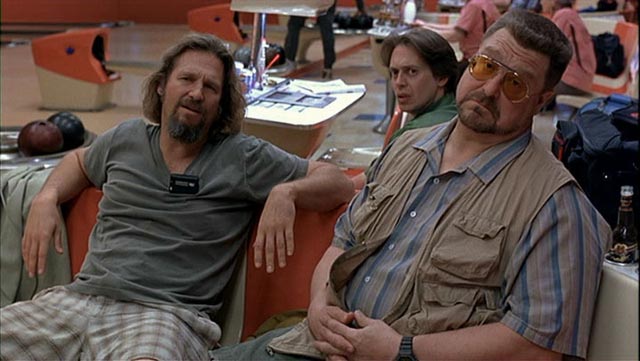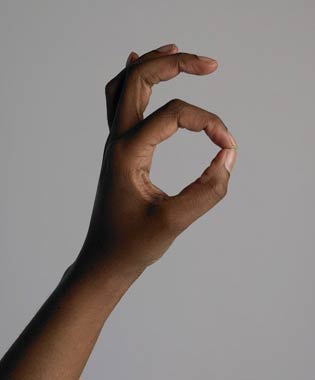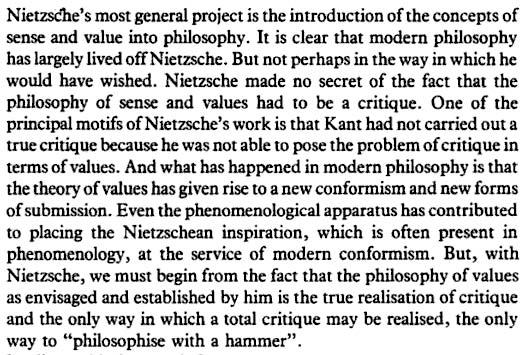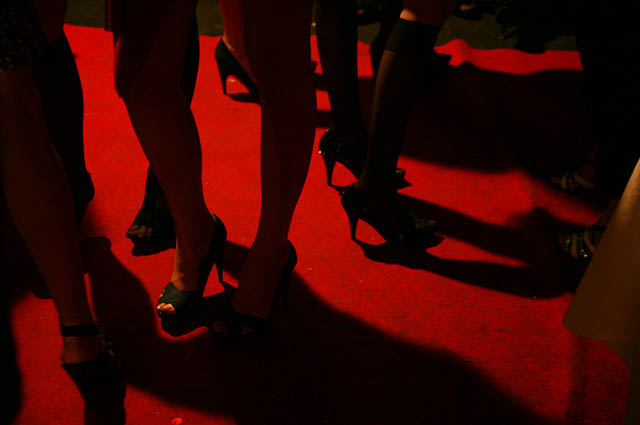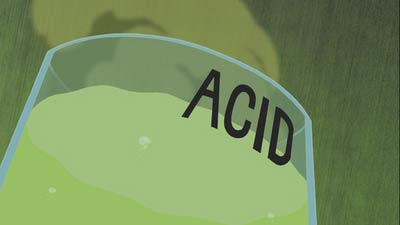Claude Hagège is a classically trained fieldwork linguist who conducts research in the Cameroons, British Columbia, Micronesia and wherever languages exist that have not yet been studied. (…)
Theoretician and polyglot as well, in addition to speaking several oral-tradition languages, Claude Hagège has perfect command of the main international languages and is known to lecture in a number of Germanic and Semitic languages, Chinese, several Slavic and Romance languages. Both as a researcher and a university professor, he has always made it a rule not to accept any simplifying model: his critical essays on generative grammar explain his refusal of abstract universalism (logicism), the primacy of a single dimension in language (syntax) or any idealized model of linguistic competence minimizing the importance of variations. On this point, he says [in L’Homme de paroles]:
The obsession with being scientific has led it [linguistics] to clothe itself in a false and artificial rigour for which there is no model, even in the most rigourous of sciences. The fascination with formalism has confined it within the narrow space of a technical discourse whose object, however difficult that may be to imagine, is the man of words. For not only has this space been emptied of a historical and a social dimension, but therein, the human element is a definitive abstraction, and words say nothing.
This very innovative criticism, formulated by Claude Hagège in respect to formal grammars and chomskyism - the theories of Chomsky and his disciples, whose generative models date back to the 60s - is one of the contributions that gave a new start to research in typology, linguistic comparison and cognitive gramar, fields currently recognized and reemerging throughout the world. Thus, without too much theoretical pretension, it can certainly be said that this cautious and reserved approach has played a catalyzing, if not pioneering role.
{ CNRS | Continue reading }
I. RESEARCH
My research is founded on extensive fieldwork, carried out in all parts of the world, supplemented by vast bibliographical explorations and constant correspondence with scientists of all nationalities. My work spans four essential areas: general linguistics, typology, sociolinguistics and specific linguistic domains. In general linguistics I examine linguistic theory, including phonology, syntax, semantics, pragmatics, translation theory, the origins of language and languages, and the history of linguistics. In typology, I focus on language types, language universals and grammaticalization. In sociolinguistics, I delve into language planning and reform,
the status and function of languages, field work, along with creolistics, mixed languages, Jewish languages, and language death. The specific linguistic domains I am interested in are French, Indo European, Uralic, Semitic, African, Amerindian, Sino Tibetan and Austronesian languages. More marginally, I explore the areas of semiology and literary semiotics, as well as philosophy of language. The results of these studies appear regularly, either in published form (books, articles, reviews) and/or as presentations.
II. TEACHING
General linguistics is the study of both language as defining capability of the human species, and languages as the historical and social manifestations of this capability. My Chair in Linguistic Theory at the Collège de France, which I have held since 1989, illustrates this polarity. In effect, at one end one finds language, studied from the perspective of child acquisition, as based upon innate capabilities supplemented by contributions from the social environment, at the other end one finds languages, studied in their diversity. This diversity is highlighted through typological studies, which seek to establish language types in the areas of phonology, morpho syntax and semantics. Typological categories may or may not coincide with genetic relationships, namely the grouping of the diverse human languages into one or another of the large families: Indo-European, Semitic, Uralic, Altaic, Bantu, Caucasian, Amerindian, Sino Tibetan, Austronesian, etc. The symbolic content of languages depends on their powers of identification, in other words the image they give of the diverse nations. The attachment of the latter to their languages is often very powerful and may be a source of conflict.
Over the last four years, my courses at the Collège de France have focused on the following four themes. In 1999-2000, I attempted to define what a realistic vision of language phenomena could be, through the study of the role played by the context in the definition of categories, and through the revision of the opposition between associative and syntagmatic relations. In 2000-2001, I examined six different aspects of how inter-individual and social relations are reflected in linguistic utterances: the illusion of syntactic autonomy , morphosyntax as dependant on semantic phenomena, morphosyntax as dependant on pragmatic phenomena, the dialogal relation as sole domain where certain morphemes are used; the extinction of languages; and lastly, dyshyponoesis, the outline of a hypothesis concerning the neurological bases of pragmatic commands in language phenomena. 2001-2002 was devoted to the introduction of a linguistic study of affects: after having defined the object of my study, I presented the expression of affects in daily conversation; I then questioned whether languages have structures exclusively assigned to the expression of affective utterances. In continuation of this study, 2002-2003 was devoted to a typological essay on affects: after defining the field, I, in turn, studied the cases of affect specific markings and the lack thereof.
Furthermore, I have been teaching at the Ecole Pratique des Hautes Etudes (EPHE) since 1977, where I serve as Study Director in Structural Linguistics. My syllabus over the past four years has mainly focused on phenomena in the fields of syntax, semantics and enunciation theory.
III. SCIENTIFIC ACTIVITIES AND RESPONSIBILITIES
Beyond the previously mentioned work carried out in the field, my scientific activities and responsibilities take the form, of multiple conferences and teaching sessions as visiting Professor, in France and abroad, as well as serving on several editorial boards. My activities also include presiding various professional societies and scientific committees, such as the Société de Linguistique de Paris.
I have also participated, as director, panel member or approval committee member, in a large number of doctoral theses bearing on languages spoken all over the world, and on a great variety of theoretical issues in modern linguistics.
{ Claude Hagège | Collège de France | L’Homme de paroles : contribution linguistique aux sciences humaines is the Claude Hagège book to read first, unfortunately/apparently not translated in english. }




